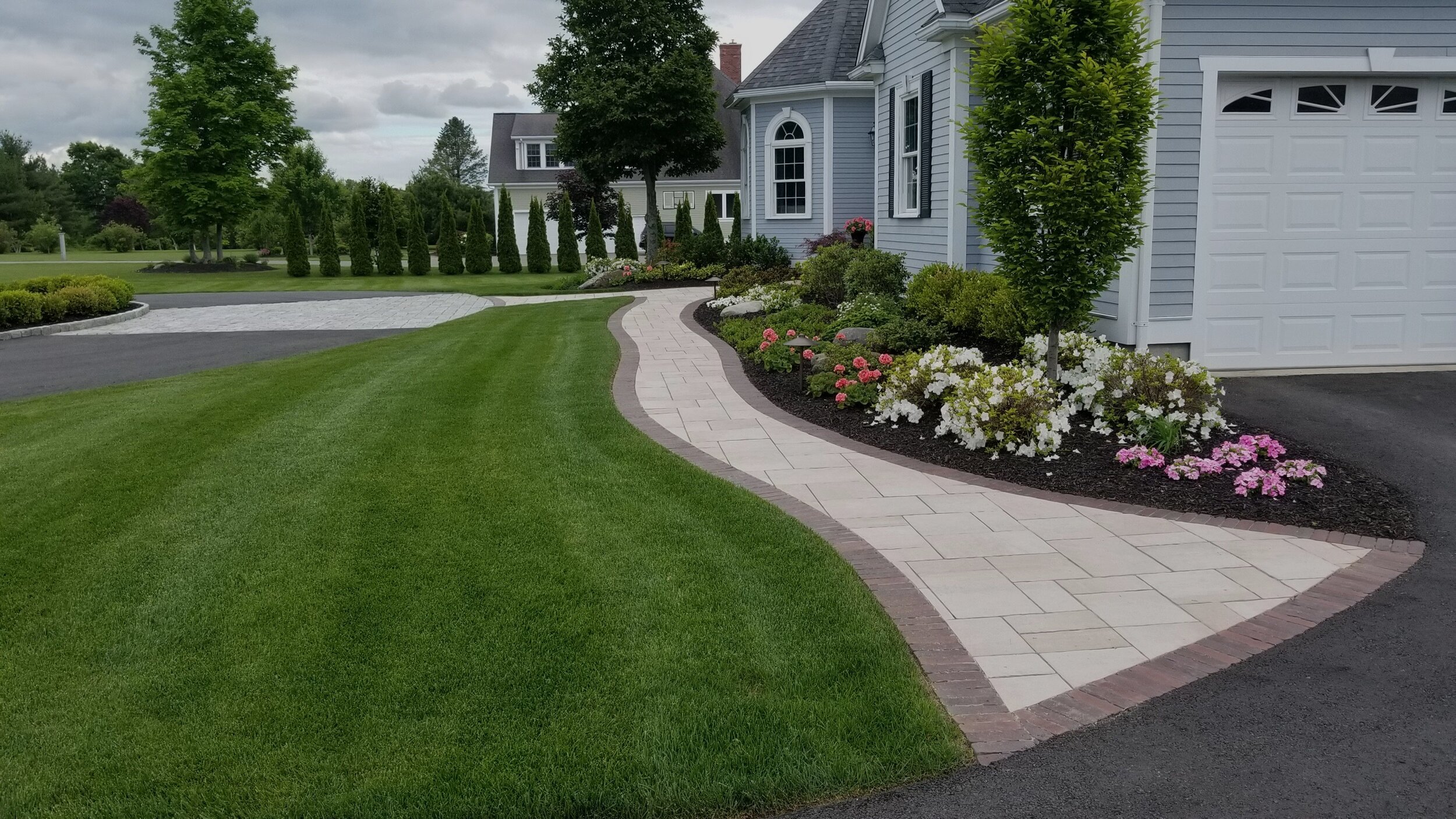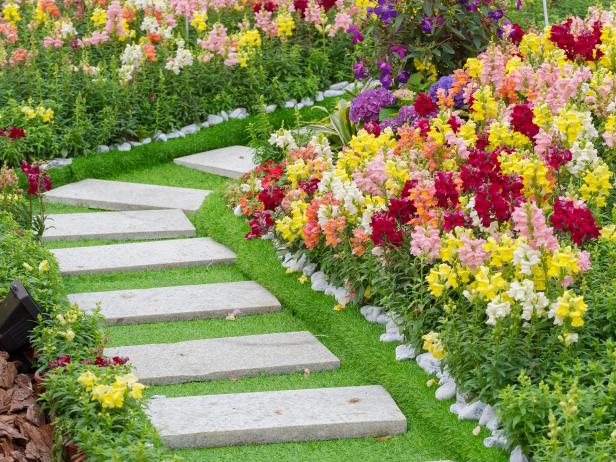A Comprehensive Overview to Designing and Implementing Effective Landscape Design Solutions
The art and scientific research of landscape design extend past mere visual appeals; they entail a thoughtful combination of layout principles, ecological stewardship, and practical application. What strategies can one utilize to make certain these landscapes not only prosper but likewise grow in harmony with their environments?

Comprehending Landscape Layout Concepts
One may question what fundamental elements add to efficient landscape design. At its core, effective landscape style rests on numerous crucial principles that guide the setup and selection of components within an area. These principles consist of unity, rhythm, percentage, and balance, each serving to produce an unified outside setting.
Unity refers to the natural partnership among different parts, ensuring that they collaborate cosmetically and functionally. Equilibrium can be achieved via balanced or asymmetrical plans, allowing the landscape to feel secure and welcoming. Proportion includes recognizing the scale of elements in connection with each other and the surrounding setting, promoting visual consistency and convenience.

Evaluating Your Outdoor Room
Before carrying out the concepts of landscape design, a comprehensive analysis of your outdoor area is crucial. This first assessment assists specify the extent of your landscaping project and makes sure that your layout aligns with the distinct features of your home. Begin by examining the measurements of your room, taking precise measurements to comprehend the offered location for numerous components such as yards, patio areas, and paths.
Next, observe the existing attributes of your landscape, consisting of topography, dirt top quality, and water drainage patterns. These variables considerably influence plant selection and placement. In addition, examine the sunshine direct exposure across different areas throughout the day, as this will certainly influence the kinds of plants that prosper in your yard.
Think about the microclimates produced by structures, trees, and other obstacles, as they can affect temperature level and dampness levels. Take note of any kind of existing plants or hardscape elements that you wish to eliminate or keep. This comprehensive analysis prepares for a knowledgeable and effective landscaping remedy, making certain that your layout is not only cosmetically pleasing however sustainable and likewise functional for several years to find.
Sustainable Landscaping Techniques
These methods not only promote eco-friendly equilibrium yet also improve the practical and visual value of a landscape. Executing efficient irrigation systems, such as drip watering, minimizes water waste and makes sure that plants obtain sufficient wetness (Palm Desert Landscaping).

An additional effective strategy is the strategic placement of trees and bushes to provide all-natural windbreaks and color, thus reducing power costs (Palm Desert Landscaping). Rain yards can be incorporated into the landscape style to handle stormwater runoff properly, filtering contaminants prior to they get in waterways
Choosing the Right Plants
Choosing the right plants for your landscape is crucial to accomplishing both aesthetic charm and eco-friendly consistency. The process starts with an understanding of your neighborhood climate, soil conditions, and the particular microenvironments within your landscape. Examining variables such as sunshine exposure, moisture levels, and existing flora will assist you choose plants that prosper in your one-of-a-kind setting.
Take into consideration incorporating native plants, as they are well-adapted to neighborhood conditions, click site require much less upkeep, and support local wildlife. Additionally, choosing a diverse variety of varieties can boost biodiversity while reducing the danger of condition and pest break outs. It is vital to review the development routines, flowering periods, and seasonal colors of potential plants to create a dynamic and natural landscape.
Furthermore, think of the planned use the area; as an example, if the area will certainly experience high foot website traffic, decide for durable ground covers. By thoughtfully picking plants that line up with both your aesthetic goals and ecological requirements, you can create a lasting landscape that not just enhances your building however also contributes positively to the bordering environment.

Execution and Maintenance Methods
As soon as the best plants have actually been picked for your landscape, the focus moves to reliable implementation and ongoing maintenance strategies. Effective installation starts with appropriate website preparation, which consists of soil testing to determine nutrient degrees and pH, complied with by amending the dirt as needed. Carefully set up plants according learn the facts here now to their growth habits and light demands, guaranteeing sufficient spacing to advertise healthy and balanced development.
Irrigation is a critical component of application. Develop a watering schedule that considers the specific needs of each plant varieties, readjusting for seasonal adjustments. Using drip watering systems can enhance water effectiveness and reduce drainage.
Upkeep approaches should be executed to guarantee the durability and vitality of your landscape. Regular tasks include weeding, mulching, and pruning to control development and protect against condition. Fertilizing must be carried out based on soil tests, providing the essential nutrients without over-fertilizing.
Monitoring for insects and diseases is essential; early discovery can protect against considerable damage. Seasonal modifications to maintenance regimens, such as winterizing perennials and preparing for springtime development, will make certain that your landscape stays aesthetically attractive and healthy year-round.
Verdict
Effective execution and ongoing maintenance better ensure the long life and vitality of landscapes. By integrating these aspects, landscapes can be changed right into beautiful, practical atmospheres that advertise biodiversity and add favorably to area well-being.
One might wonder what fundamental components add useful source to reliable landscape design. At its core, successful landscape design hinges on a number of essential principles that assist the setup and option of components within a room.Picking the right plants for your landscape is essential to accomplishing both visual charm and environmental harmony. It is vital to examine the development routines, flowering durations, and seasonal colors of prospective plants to create a dynamic and cohesive landscape.
Once the right plants have actually been selected for your landscape, the focus changes to efficient application and recurring upkeep strategies.